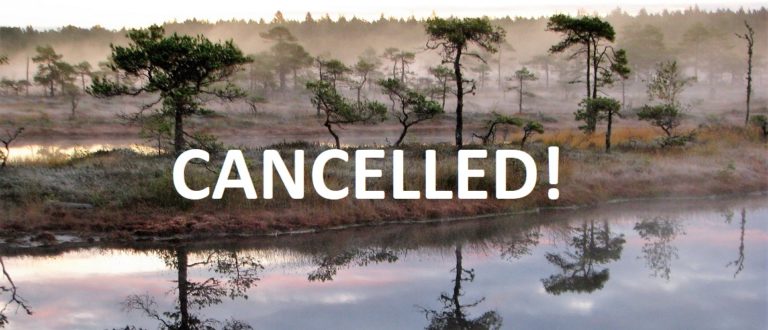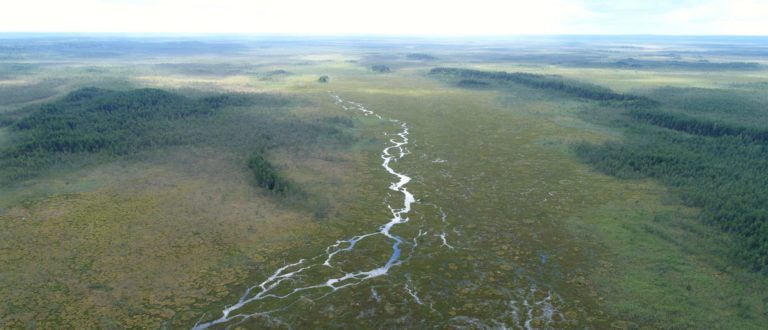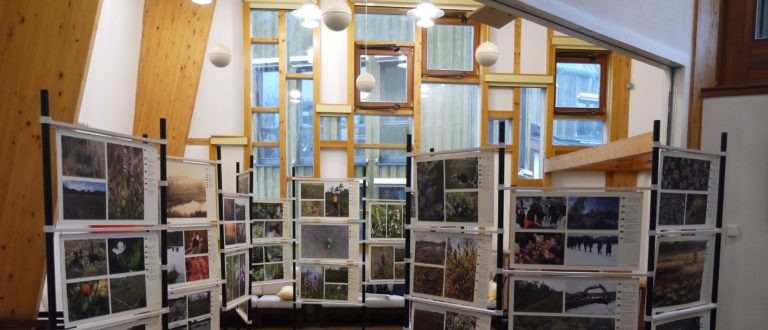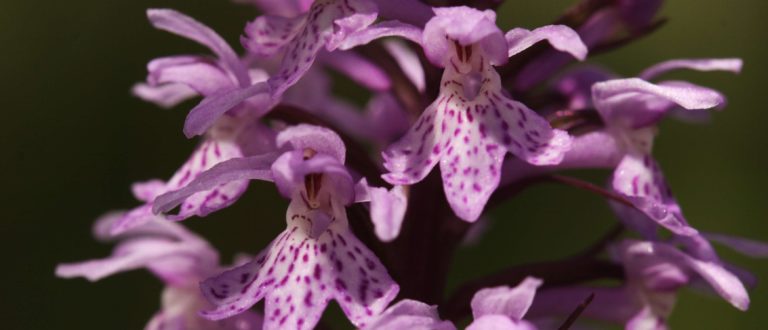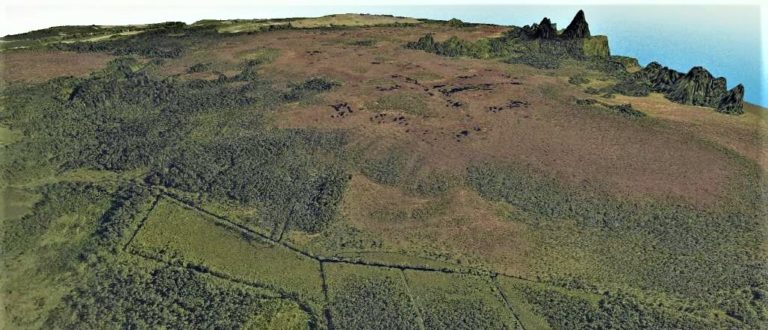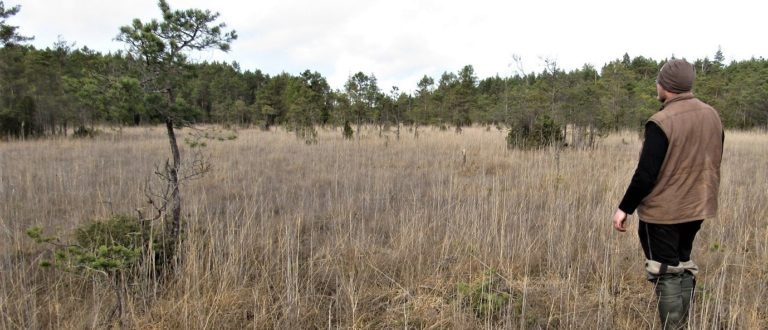
Restoration of alkaline fens in Engure, Latvia
In January and February 2020, restoration work was carried out in Engure, one of LIFE Peat Restore project areas in Latvia. The work was organised by the Lake Engure Nature Park Fund. In total 20 hectares of shrubs and young trees were cleared and removed from the overgrown parts of the fen. It has created … read more


